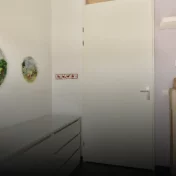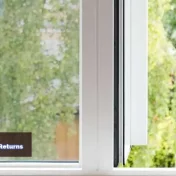When embarking on a painting project for your home, one critical decision is choosing the right type of paint.
While it might be tempting to use leftover exterior paint for indoor touch-ups, understanding the fundamental differences between interior and exterior paints is vital for both the aesthetics and safety of your home.
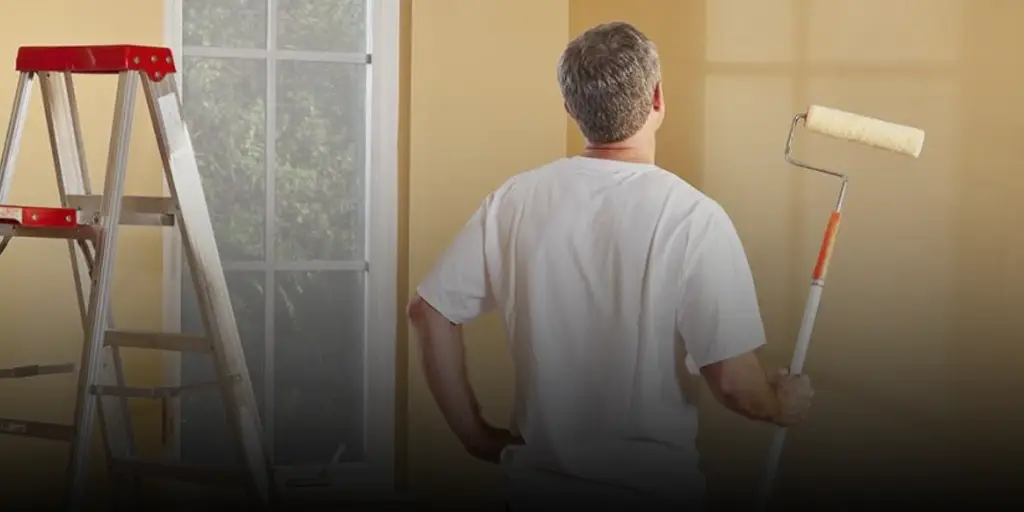
This article delves deep into why these paint types are uniquely formulated for their respective environments and why they should not be interchanged.
The Distinct Characteristics of Interior and Exterior Paints
Interior Paints:
- Composition: Specially formulated to be low in Volatile Organic Compounds (VOCs) and other harmful chemicals, making them safer for indoor air quality.
- Durability: Designed to resist scratching and easy to clean, but not built to withstand harsh outdoor conditions.
- Aesthetics: Offers a wide range of finishes suitable for various interior designs, and its color does not fade quickly under indoor lighting conditions.
Exterior Paints:
- Chemical Make-up: Contains additives to resist weathering, UV rays, and temperature changes. Higher VOC levels make them resilient but less suitable for indoor use.
- Durability: Crafted to adhere to various outdoor surfaces, withstand extreme weather, and resist fading, chipping, and mildew growth.
- Application: Best applied by professionals due to its complex composition and the need for precise application to endure outdoor conditions.
Understanding these differences underscores why it’s not advisable to use one in place of the other.
The Dangers of Using Exterior Paint Indoors
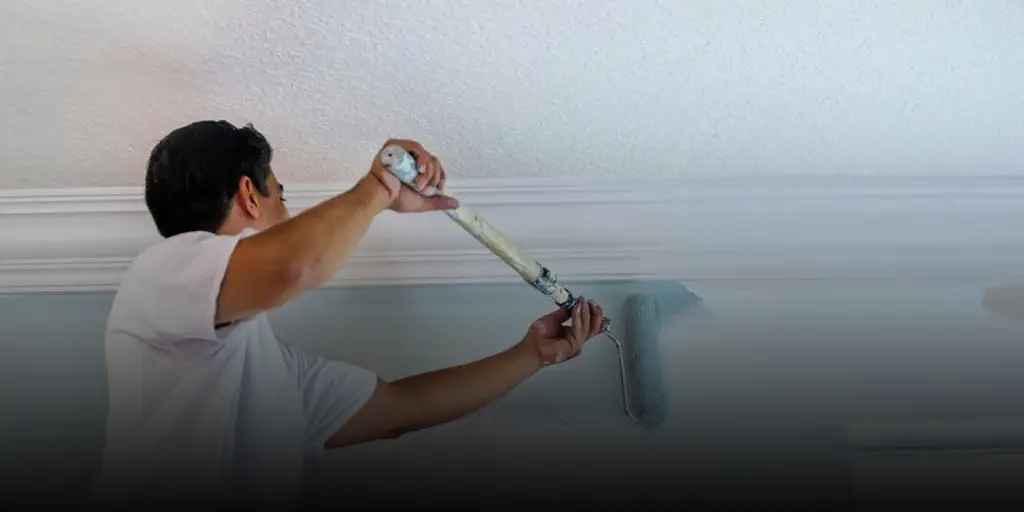
Using exterior paint inside your home poses significant risks:
- Health Hazards: The high VOC content in exterior paints can lead to respiratory problems, headaches, and long-term health issues due to indoor air pollution.
- Ventilation Issues: These paints are designed for open environments and can release harmful fumes in less ventilated indoor spaces.
- Legal and Insurance Concerns: In some cases, using exterior paint indoors can violate building codes and affect home insurance policies.
It’s essential to prioritize health and safety by choosing the appropriate paint type for your indoor environments.
Expert Insights on Paint Selection
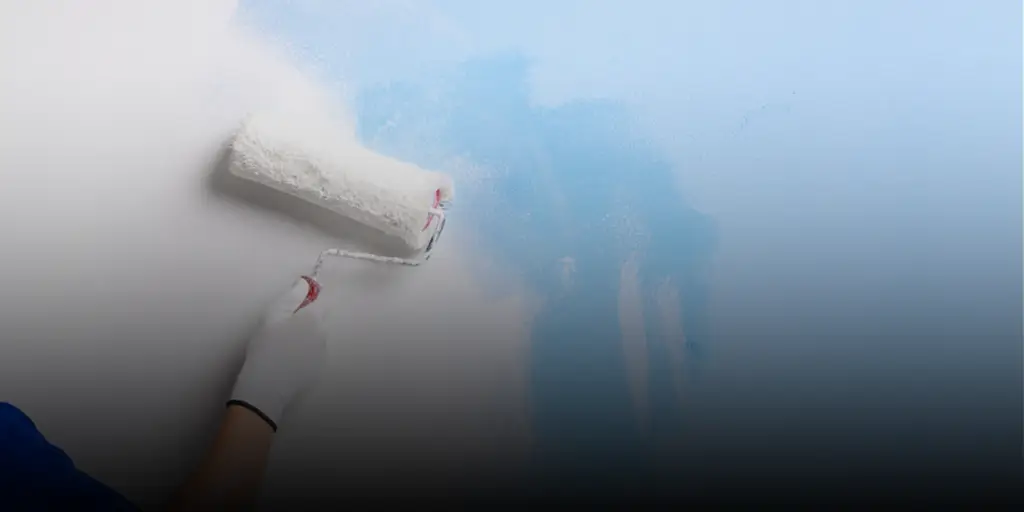
Choosing the Right Paint:
- Consulting Professionals: Experts like Mark Savino, a Strategic Remodeling Advisor, emphasize the importance of using paints as intended. Their knowledge can guide you in selecting the right product for your specific needs.
- Assessing Environmental Factors: Consider the space’s exposure to sunlight, moisture, and wear and tear. These factors play a crucial role in determining whether interior or exterior paint is suitable.
- Health and Environmental Considerations: Opt for low-VOC interior paints for healthier indoor air quality and environmentally friendly options.
Making an Informed Decision:
- Research Brands: Investigate various paint brands and their specific formulations.
- Read Labels Carefully: Labels provide essential information about the paint’s suitability for interior or exterior use.
Leveraging expert advice and doing thorough research helps in making informed decisions that ensure both the beauty and safety of your home.
Debunking Common Misconceptions about Paint Usage
Myths vs. Reality:
- Myth: “Exterior paint is more durable, so it’s better for high-traffic areas inside.”
- Reality: Despite its durability, the chemical composition of exterior paint makes it unsuitable and unsafe for indoor use.
- Myth: “Using exterior paint indoors can save money.”
- Reality: The potential health risks and the need for future corrective measures make this a costly mistake in the long run.
Understanding these misconceptions is crucial in avoiding common pitfalls in home painting projects.
Safe Alternatives and Best Practices
Choosing Safe Paints for Indoor Use:
- Select Low-VOC Interior Paints: These are safer for indoor air quality and just as effective in terms of durability and aesthetics.
- Match Paint to Room Use: Bathrooms and kitchens benefit from moisture-resistant paints, while living areas may require more aesthetically diverse options.
Best Practices:
- Proper Ventilation: Ensure adequate ventilation during and after painting, even with low-VOC paints.
- Regular Maintenance: Regular cleaning and touch-ups can extend the life of interior paint, negating the need for more durable, but hazardous, exterior paints.
By following these guidelines, you can ensure a safe and aesthetically pleasing indoor environment.
People Who Want to Read This Article:
- Is Replacing Plaster Walls with Drywall the Right Choice?
- Expert Guide to Hanging Pictures on Plaster Walls
Correcting Mistakes: What to Do If Exterior Paint Is Used Indoors
If you’ve mistakenly used exterior paint inside your home, take these steps:
- Ventilate the Area: Open windows and use fans to reduce fumes.
- Prime the Walls: Apply a high-quality primer to seal in the exterior paint.
- Repaint with Interior Paint: Choose a suitable interior paint to cover the primed walls.
- Monitor Air Quality: Consider using air purifiers to reduce any lingering VOCs.
Acting promptly can mitigate the risks associated with the accidental use of exterior paint indoors.
The Consequences of Using Interior Paint Outdoors
While interior paint poses no health risks when used outdoors, it’s not designed for such environments:
- Durability Issues: Interior paint will quickly deteriorate when exposed to weather elements, leading to frequent need for repainting.
- Aesthetic Concerns: Fading, peeling, and cracking are common when interior paint is used on exterior surfaces.
- Cost-Effectiveness: In the long run, using the appropriate exterior paint saves time and money by reducing the frequency of maintenance.
It’s crucial to use paints as intended to ensure longevity and aesthetic appeal.
Seeking Professional Painting Services
For those unsure about the best paint choices or application methods, professional painting services offer:
- Expert Advice: Professionals can recommend the best paint type for your specific needs.
- Quality Application: They have the skills and tools to ensure a flawless finish, whether it’s interior or exterior painting.
- Time and Stress Saving: Hiring a professional can save you time and the stress of DIY painting mishaps.
GreenCal Construction, with years of industry experience, is always ready to offer high-quality painting services and advice.
Conclusion
Choosing the right paint for your home is more than just picking a color; it’s about understanding the unique properties and intended use of interior and exterior paints.
While exterior paints offer durability and resistance to the elements, their chemical makeup makes them unsuitable and potentially hazardous for indoor use.
Conversely, interior paints, designed for safety and aesthetic appeal within your home, will not withstand outdoor conditions.
Always prioritize health, safety, and the longevity of your paint job by selecting the appropriate paint type.
Frequently Asked Questions
Can I use exterior paint for indoor furniture or crafts?
It’s not recommended due to the high VOC content and potential health risks. Always opt for paints designated for indoor use.
How long does interior paint last when used outdoors?
Interior paint used outdoors will deteriorate rapidly, often within a year, due to lack of resistance to weather conditions.
Are there any safe scenarios to use exterior paint indoors?
Generally, no. The chemical composition of exterior paint is not suited for indoor air quality, even in well-ventilated areas like garages.
Can I use interior paint in my bathroom or kitchen?
Yes, but ensure it’s specifically formulated for high-moisture areas to prevent mold and mildew growth.

